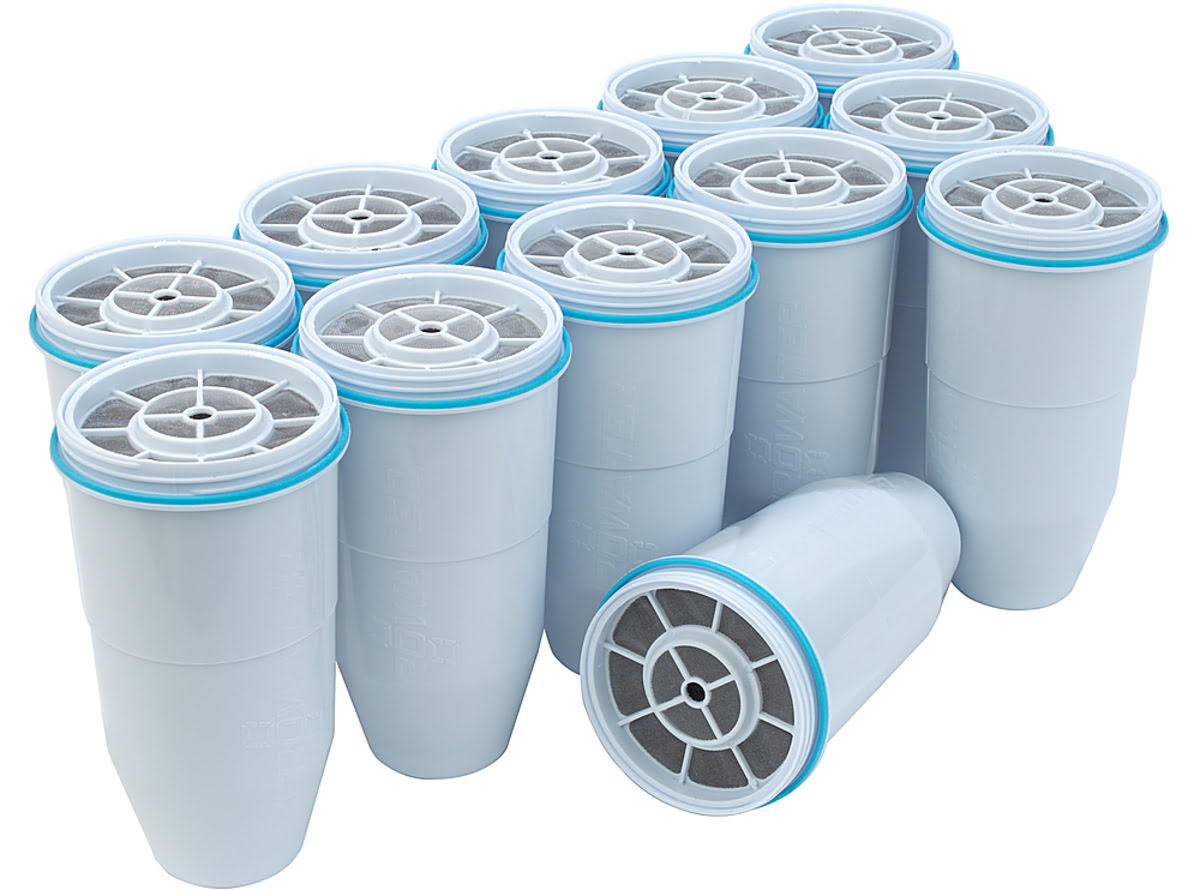

Articles
How To Store Water Filters When Not In Use
Modified: August 19, 2024
Discover the best way to store your water filters when they are not in use. Read our informative articles to ensure the longevity and effectiveness of your filters.
(Many of the links in this article redirect to a specific reviewed product. Your purchase of these products through affiliate links helps to generate commission for Storables.com, at no extra cost. Learn more)
Introduction
Water filters are an essential tool for ensuring clean and safe drinking water. Whether you use a portable filter while hiking or camping, or have one installed under your sink or on your faucet at home, proper storage is crucial to maintain their effectiveness and longevity. By following the right storage practices, you can ensure that your water filters remain in optimal condition when not in use.
In this article, we will explore the importance of proper storage for water filters and provide practical tips on selecting the right storage location, cleaning and maintaining the filters before storage, and best practices for storing different types of water filters. So, let’s dive in and learn how to store water filters when they are not in use.
Key Takeaways:
- Proper storage of water filters is crucial for preserving performance, avoiding contamination, extending lifespan, and ensuring ease of use. Select the right storage location and follow best practices for cleaning and maintaining filters before storage.
- Understanding specific storage considerations for different types of water filters, such as portable, under-sink, countertop, pitcher/jug, faucet mount, and shower head filters, is essential for maintaining their effectiveness and longevity. Remember to label, date, and regularly inspect stored filters for optimal performance.
Read more: How To Store Brita Filter When Not In Use
Importance of Proper Storage
Proper storage plays a vital role in maintaining the effectiveness and lifespan of water filters. Here are a few reasons why it is important to store your water filters correctly:
Preserves Filter Performance:
Storing water filters in the right conditions helps preserve their performance. Exposure to extreme temperatures, sunlight, humidity, and contaminants can degrade the filter media and reduce filtration efficiency. By storing them properly, you can ensure that the filters continue to provide clean and safe drinking water.
Avoids Contamination:
Improper storage can lead to contamination of the filter media, rendering the filters ineffective. Dust, debris, and microorganisms can accumulate on the filter surface if it is not stored in a clean and dry environment. This can result in the growth of bacteria and other pathogens, compromising the quality of filtered water. Proper storage helps prevent such contamination and ensures the filters remain sanitary.
Extends Filter Lifespan:
Water filters, like any other equipment, have a limited lifespan. However, proper storage can help maximize their longevity. By protecting filters from physical damage, exposure to harsh elements, and improper handling, you can extend their lifespan and reduce the frequency of replacements. This not only saves you money but also reduces waste in the environment.
Promotes Ease of Use:
Well-organized and properly stored water filters are easier to locate and use. When filters are stored in designated places, you won’t waste time searching for them when you need them. This convenience allows you to quickly access and install the filters, ensuring that you and your family have access to clean water whenever required.
Overall, proper storage is crucial for maintaining the performance, lifespan, and usability of water filters. By implementing effective storage practices, you can ensure that your filters continue to provide clean and safe drinking water, while also protecting your investment.
Selecting the Right Storage Location
Choosing the right storage location is key to ensuring the longevity and effectiveness of your water filters. Here are some factors to consider when selecting a suitable place to store your filters:
Dry and Clean Environment:
Water filters should be stored in a dry and clean environment to prevent the growth of mold, mildew, or bacteria. Avoid storing them in areas where they can be exposed to moisture or humidity, such as basements or damp cabinets. Opt for a well-ventilated area that is free from dust and contaminants.
Temperature Stability:
Extreme temperatures can damage water filters, especially those with sensitive components. Avoid storing filters in places that are subject to extreme heat or cold, such as attics or garages. Instead, choose a storage location with stable room temperature to ensure optimal performance and prolong the lifespan of the filters.
Protection from Sunlight:
Direct exposure to sunlight can degrade the materials used in water filters. Ultraviolet (UV) rays can break down the filter media and reduce its effectiveness over time. Store your filters in a location away from direct sunlight or use a storage container that provides UV protection. This will help maintain the quality of the filters and ensure their longevity.
Away from Chemicals:
Avoid storing water filters near chemicals or strong odors that can potentially contaminate the filters or affect their performance. Keep them away from cleaning supplies, paints, or any other items that emit strong fumes. This will help preserve the integrity of the filters and ensure that they continue to provide clean and safe drinking water.
Easy Accessibility:
Choose a storage location that is easily accessible so that you can retrieve and install the filters without any hassle. It’s important to have them within reach whenever you need to replace or clean the filters. Consider placing them in a designated area or using storage solutions that allow for easy organization and accessibility.
By taking these factors into account, you can select the right storage location for your water filters. This will help maintain their performance, extend their lifespan, and ensure that you have access to clean and safe drinking water whenever you need it.
Best Practices for Storing Water Filters
Proper storage is essential for maintaining the effectiveness and prolonging the lifespan of your water filters. Here are some best practices to follow when storing your filters:
Clean and Dry:
Before storing your water filters, ensure that they are thoroughly cleaned and dried. Follow the manufacturer’s instructions for cleaning and maintenance. Removing any debris or residue from the filters will prevent the growth of bacteria and other contaminants during storage.
Label and Date:
Labeling and dating your filters can help you keep track of their usage and replacement schedule. Use waterproof labels to mark the installation and replacement dates or create a system to easily identify which filters are new and which ones need to be replaced.
Use Original Packaging:
If available, store your water filters in their original packaging. The packaging is designed to protect the filters from external elements and potential damage. If the original packaging is not suitable for long-term storage, consider using a clean and sturdy container that provides adequate protection.
Separate from Cleaning Supplies:
Store your water filters separately from cleaning supplies to avoid any potential cross-contamination. Cleaning products may contain chemicals or odors that can affect the filters’ performance or contaminate them. Keep them in a dedicated space away from cleaning solutions.
Avoid Heavy Weight:
Avoid placing heavy objects on top of your stored water filters. Excessive weight can lead to damage or deformation of the filters, compromising their performance. Store them in a location where they won’t be crushed or subjected to unnecessary pressure.
Regular Inspection:
Periodically inspect your stored water filters for any signs of damage or degradation. Check for cracks, leaks, or any other issues that may affect their performance. Replace any damaged filters to ensure that you continue to receive clean and safe drinking water.
Follow Manufacturer’s Guidelines:
Always follow the storage guidelines provided by the manufacturer. Different types of filters may have specific storage requirements. Refer to the user manual or contact the manufacturer for any specific instructions to ensure that you are storing the filters correctly.
By following these best practices, you can maintain the effectiveness and extend the lifespan of your water filters. Proper storage ensures that your filters are ready to use when needed, providing you with clean and safe drinking water.
Cleaning and Maintaining Water Filters Before Storage
Cleaning and maintaining your water filters before storage is essential for their longevity and performance. Here are some steps to follow to ensure that your filters are properly cleaned and maintained before storing:
Read the Manufacturer’s Instructions:
Before cleaning your water filters, refer to the manufacturer’s instructions for specific cleaning guidelines. Each type of filter may have different cleaning requirements, so it’s important to follow the recommended procedures provided by the manufacturer.
Disconnect and Drain:
If you have an under-sink or faucet-mounted water filter, make sure to disconnect it from the water supply and drain any remaining water from the system. This helps prevent bacterial growth and ensures that the filters are completely dry before storage.
Remove and Disassemble:
If possible, remove the filter cartridges from the housing or unit. Disassemble any detachable parts according to the manufacturer’s instructions. This allows for thorough cleaning of each component and prevents the accumulation of dirt or debris.
Rinse with Clean Water:
Using clean water, rinse the filter cartridges and components to remove any loose sediment or impurities. Gently scrub the surfaces with a soft brush or sponge to dislodge any stubborn particles. Be careful not to damage or deform the filter media during this process.
Soak in a Cleaning Solution (if necessary):
If recommended by the manufacturer, soak the filter cartridges in a cleaning solution specifically formulated for water filters. Follow the instructions for the recommended duration of the soak. This helps remove any built-up organic matter or contaminants that may have accumulated on the filter media.
Rinse and Air Dry:
After cleaning or soaking, thoroughly rinse the filter cartridges and components with clean water to remove any residues from the cleaning solution. Shake off any excess water and allow the filters to air dry completely. Ensure that all the components are dry before reassembling or storing them.
Sanitize (if necessary):
Depending on your filter type and usage, you may need to sanitize the filter components before storage. Follow the manufacturer’s instructions for sanitizing the filters, using a recommended sanitizing solution. This step helps eliminate any potential bacteria or microorganisms that may have accumulated on the filter media.
Store in a Dry and Clean Environment:
Once the filters are cleaned and dry, store them in a dry and clean environment, as discussed in the previous section. Choose the appropriate storage location based on the type of filter system you have.
By following these cleaning and maintenance steps before storing your water filters, you can ensure that they remain in optimal condition and continue to provide clean and safe drinking water. Regular maintenance and proper cleaning are key to preserving the performance and longevity of your filters.
Read more: How To Store Rv Water Filter
Packing and Storing Portable Water Filters
Packing and storing portable water filters properly is crucial to maintain their effectiveness and ensure they stay in good condition for future use. Here are some steps to follow when packing and storing portable water filters:
Clean and Dry:
Before packing your portable water filter, make sure it is thoroughly cleaned and dried. Follow the manufacturer’s instructions for cleaning and maintenance. This ensures that no residue or bacteria are left on the filter, preventing any potential growth or contamination during storage.
Disassemble (if applicable):
If your portable water filter has removable parts or cartridges, disassemble them according to the manufacturer’s instructions. This allows for a thorough cleaning and ensures that each component can be properly dried before storage.
Pack in a Protective Case or Bag:
Invest in a sturdy and protective case or bag specifically designed for portable water filters. This will help safeguard the filter from physical damage while in storage. Ensure that the case or bag is clean and dry before placing the filter inside.
Include Extra Filter Cartridges (if necessary):
If your portable water filter requires replaceable cartridges, consider storing extra cartridges along with the filter. This ensures that you have spares readily available for future use. Make sure to store the cartridges in a clean and dry environment to maintain their quality.
Avoid Extreme Temperatures:
Avoid storing portable water filters in places exposed to extreme temperatures, such as in a hot car trunk or freezing cold conditions. Extreme temperatures can damage the filter components and reduce their effectiveness. Store the filter in a temperature-controlled environment whenever possible.
Keep it Dry:
Moisture can lead to the growth of mold or bacteria on the filter, rendering it ineffective. Ensure that the filter is completely dry before packing it. If necessary, use a towel or cloth to remove any excess moisture before storing it in the case or bag.
Store in a Clean Area:
Find a clean and dry area to store the packed portable water filter. Avoid areas where it can come into contact with dirt, dust, or other contaminants. Keep it away from chemicals or strong odors that may affect the filter’s integrity or performance.
Label and Date:
Label the case or bag containing the portable water filter with the installation and replacement dates. This will help you keep track of when the filter was last used and when it should be replaced. It also ensures that you can easily identify the filter when you need it in the future.
Periodic Inspection:
Periodically inspect the stored portable water filter for any signs of damage or deterioration. Check for cracks, leaks, or any other issues that may affect its performance. If you notice any problems, contact the manufacturer for guidance on necessary repairs or replacements.
By following these steps, you can properly pack and store your portable water filters, ensuring they remain in good condition and ready for use whenever needed. Taking proper care of your portable water filter will help extend its lifespan and ensure that you have access to clean and safe drinking water during your outdoor adventures.
Store water filters in a cool, dry place away from direct sunlight. Ensure they are completely dry before storing to prevent mold and bacteria growth. Keep them in their original packaging or a clean, airtight container to maintain their effectiveness.
Storing Under-sink Water Filters
Proper storage of under-sink water filters is essential to maintain their effectiveness and ensure they remain in good condition. Here are some steps to follow when storing under-sink water filters:
Turn Off Water Supply:
Before storing your under-sink water filter, turn off the water supply to the filter system. This will prevent any potential leaks or water damage during the storage period.
Drain the Filter System:
Remove any remaining water from the filter system to prevent the growth of bacteria or mold. Do this by opening a faucet downstream from the filter and allowing the water to drain completely. This step ensures that the system is dry and clean before storage.
Remove Filter Cartridges (if applicable):
If your under-sink water filter has replaceable cartridges, remove them according to the manufacturer’s instructions. This allows for easier cleaning and helps prevent any potential damage or contamination during storage.
Clean the Filter Housing:
Thoroughly clean the filter housing before storing. Use warm water and a gentle cleaning solution recommended by the manufacturer. Scrub the housing gently to remove any dirt or residue. Rinse it well with clean water and allow it to air dry completely.
Inspect and Replace O-rings:
Inspect the O-rings on the filter housing for any signs of wear or damage. If necessary, replace them with new O-rings recommended by the manufacturer. This will help ensure a proper seal when you reinstall the filter system after storage.
Pack and Protect:
Pack the filter housing and any removable components in a clean and dry container. Make sure the container provides adequate protection from physical damage and is free from moisture or contaminants. You can use the original packaging or a dedicated storage container designed for under-sink water filters.
Store in a Suitable Location:
Find a clean and dry area to store the under-sink water filter. Ideally, choose a location away from sources of moisture, heat, or excessive cold. Keep it away from chemicals or cleaning supplies to prevent any potential damage or contamination.
Label and Date:
Label the container or packaging with the installation and replacement dates of the filter cartridges. This helps you keep track of the filter’s usage and replacement schedule. It also ensures that you can easily identify the filter and its associated parts when you need to reinstall them.
Regularly Check for Leaks and Damage:
Periodically check the stored under-sink water filter for any signs of leaks or damage. Inspect the housing, O-rings, and other components to ensure they remain in good condition. If you notice any issues, contact the manufacturer for guidance on necessary repairs or replacements.
By following these steps, you can properly store your under-sink water filter, protecting it from damage and ensuring its effectiveness when you reinstall it. Proper storage helps maintain the quality of the filter system and ensures that you continue to enjoy clean and safe drinking water from your under-sink filtration system.
Storing Countertop Water Filters
Proper storage of countertop water filters is important to maintain their effectiveness and ensure they remain in good condition. Here are some steps to follow when storing countertop water filters:
Clean and Dry:
Prior to storing your countertop water filter, make sure it is clean and completely dry. Follow the manufacturer’s instructions for cleaning and maintenance. This ensures that no residue or bacteria are left on the filter, preventing any potential growth or contamination during storage.
Remove and Clean Filters:
If your countertop water filter has removable filters or cartridges, remove them according to the manufacturer’s instructions. Clean the filters thoroughly to remove any impurities or debris. Rinse them with clean water and allow them to air dry completely before storing.
Clean the Filter Housing:
Thoroughly clean the filter housing or container before storage. Use warm water and a gentle cleaning solution recommended by the manufacturer. Scrub the housing gently to remove any dirt or residue. Rinse it well with clean water and allow it to air dry completely.
Inspect and Replace Seals:
Inspect the seals or gaskets on the filter housing for any signs of wear or damage. If necessary, replace them with new seals recommended by the manufacturer. This helps ensure a tight seal and prevents any potential leaks during storage.
Pack in a Protective Case or Bag:
Pack your countertop water filter and its components in a clean and dry case or bag specifically designed for storage. This provides protection from physical damage and keeps the filter safe from dust or contaminants. Make sure the case or bag is clean and dry before placing the filter inside.
Avoid Extreme Temperatures:
Store the countertop water filter in a location that is away from extreme temperatures. Extreme heat or cold can damage the filter and reduce its effectiveness. Choose a storage area with stable room temperature to ensure the longevity of the filter.
Label and Date:
Label the case or bag containing the countertop water filter with the installation and replacement dates. This helps you keep track of when the filter was last used and when it should be replaced. It also ensures that you can easily identify the filter when you need it in the future.
Regularly Check for Leaks and Damage:
Periodically check the stored countertop water filter for any signs of leaks or damage. Inspect the housing, seals, and other components to ensure they remain in good condition. If you notice any issues, consult the manufacturer for guidance on necessary repairs or replacements.
By following these steps, you can properly store your countertop water filter, protecting it from damage and ensuring its effectiveness when you reintroduce it to your kitchen. Proper storage helps maintain the quality of the filter and ensures that you continue to have access to clean and safe drinking water.
Storing Pitcher/Jug Water Filters
Proper storage of pitcher/jug water filters is essential to maintain their effectiveness and ensure they remain in good condition. Here are some steps to follow when storing pitcher/jug water filters:
Clean and Dry:
Before storing your pitcher/jug water filter, ensure that it is thoroughly cleaned and dried. Follow the manufacturer’s instructions for cleaning and maintenance. Cleaning the filter and removing any residue or bacteria prevents any potential growth or contamination during storage.
Remove and Clean Filter Cartridges:
If your pitcher/jug water filter has replaceable filter cartridges, remove them according to the manufacturer’s instructions. Clean the cartridges thoroughly by washing them with clean water. Gently scrub them to remove any impurities or debris. Rinse them well and allow them to air dry completely before storing.
Clean the Pitcher/Jug:
Thoroughly clean the pitcher/jug housing before storage. Use warm water and a gentle cleaning solution recommended by the manufacturer. Scrub the interior and exterior surfaces to remove any dirt or residue. Rinse it well with clean water and allow it to air dry completely.
Inspect and Replace Seals (if needed):
Inspect the seals or gaskets on the pitcher/jug water filter for any signs of wear or damage. If necessary, replace them with new seals recommended by the manufacturer. This helps ensure a tight seal and prevents any potential leaks during storage.
Assemble and Sanitize (if necessary):
Once the pitcher/jug water filter and its components are clean and dry, reassemble them according to the manufacturer’s instructions. If recommended by the manufacturer, sanitize the filter and pitcher/jug using a sanitizing solution. Rinse them well with clean water afterward.
Avoid Extreme Temperatures:
Choose a storage location for the pitcher/jug water filter that is away from extreme temperatures. Excessive heat or cold can damage the filter and housing, reducing their effectiveness. Opt for a storage area with stable room temperature to ensure the longevity of the filter.
Protect from Contaminants:
Store the pitcher/jug water filter in a clean and dry area, away from potential sources of contamination such as chemicals or strong odors. Keep it separate from cleaning supplies or any other items that may affect the filter’s performance or integrity.
Label and Date:
Label the pitcher/jug water filter with the installation and replacement dates. This helps you keep track of when the filter was last used and when it should be replaced. It also ensures that you can easily identify the filter when you need it in the future.
Periodically Check for Leaks and Damage:
Regularly inspect the stored pitcher/jug water filter for any signs of leaks or damage. Check the housing, seals, and other components to ensure they remain in good condition. If you notice any issues, consult the manufacturer for guidance on necessary repairs or replacements.
By following these steps, you can properly store your pitcher/jug water filter, ensuring its longevity and effectiveness. Proper storage helps maintain the quality of the filter and ensures that you continue to have access to clean and safe drinking water whenever you need it.
Read more: How To Store Berkey Filters When On Vacation
Storing Faucet Mount Water Filters
Proper storage of faucet mount water filters is crucial to maintain their effectiveness and ensure they remain in good condition. Here are some steps to follow when storing faucet mount water filters:
Clean and Dry:
Before storing your faucet mount water filter, make sure it is thoroughly cleaned and dried. Follow the manufacturer’s instructions for cleaning and maintenance. Cleaning the filter and removing any residue or bacteria prevents any potential growth or contamination during storage.
Remove the Filter Cartridge:
Remove the filter cartridge from the faucet mount filter system. This is typically done by twist-off or slide-off mechanisms, depending on the specific model. Carefully follow the manufacturer’s instructions to avoid damaging the filter housing or cartridge.
Clean the Filter Housing:
Thoroughly clean the filter housing using warm water and a gentle cleaning solution recommended by the manufacturer. Scrub the housing with a soft brush or sponge, paying attention to any hard-to-reach areas. Rinse it well with clean water to remove any cleaning solution residue. Allow it to air dry completely.
Inspect and Replace Seals (if applicable):
Inspect the seals or gaskets on the filter housing for any signs of wear or damage. If necessary, replace them with new seals recommended by the manufacturer. This helps ensure a tight seal and prevents any potential leaks during storage or future use.
Pack the Filter Housing:
Once the filter housing is clean and dry, pack it carefully in a clean and dry plastic bag or container. Choose a container that provides adequate protection and keeps the housing free from dust, dirt, and other contaminants. Make sure the container is properly sealed to maintain cleanliness during storage.
Store in a Cool and Dry Place:
Choose a cool and dry location to store the packed faucet mount water filter. Avoid storing it in areas prone to extreme temperatures or excessive humidity. Extreme conditions can damage the filter components and reduce their effectiveness. Opt for a storage area with stable room temperature to ensure the longevity of the filter.
Label and Date:
Label the container or bag containing the faucet mount water filter with the installation and replacement dates. This helps you keep track of when the filter was last used and when it should be replaced. It also ensures that you can easily identify the filter when you need it in the future.
Regularly Check for Leaks and Damage:
Periodically check the stored faucet mount water filter for any signs of leaks or damage. Inspect the housing, seals, and other components to ensure they remain in good condition. If you notice any issues, consult the manufacturer for guidance on necessary repairs or replacements.
By following these steps, you can properly store your faucet mount water filter, ensuring its longevity and effectiveness. Proper storage helps maintain the quality of the filter system and ensures that you continue to have access to clean and safe drinking water whenever you need it.
Storing Shower Head Water Filters
Proper storage of shower head water filters is important to maintain their effectiveness and ensure they remain in good condition. Here are some steps to follow when storing shower head water filters:
Clean and Dry:
Before storing your shower head water filter, ensure that it is thoroughly cleaned and dried. Follow the manufacturer’s instructions for cleaning and maintenance. Cleaning the filter and removing any residue or bacteria prevents any potential growth or contamination during storage.
Remove the Filter Cartridge:
Remove the filter cartridge from the shower head filter system. This is typically done by unscrewing the housing or using a filter removal tool provided by the manufacturer. Carefully follow the manufacturer’s instructions to avoid damaging the filter housing or cartridge.
Clean the Filter Housing:
Thoroughly clean the filter housing using warm water and a gentle cleaning solution recommended by the manufacturer. Scrub the housing with a soft brush or sponge, paying attention to any hard-to-reach areas. Rinse it well with clean water to remove any cleaning solution residue. Allow it to air dry completely.
Inspect and Replace Seals (if applicable):
Inspect the seals or gaskets on the filter housing for any signs of wear or damage. If necessary, replace them with new seals recommended by the manufacturer. This helps ensure a tight seal and prevents any potential leaks during storage or future use.
Pack the Filter Housing:
Once the filter housing is clean and dry, pack it carefully in a clean and dry plastic bag or container. Choose a container that provides adequate protection and keeps the housing free from dust, dirt, and other contaminants. Make sure the container is properly sealed to maintain cleanliness during storage.
Store in a Cool and Dry Place:
Choose a cool and dry location to store the packed shower head water filter. Avoid storing it in areas prone to extreme temperatures or excessive humidity. Extreme conditions can damage the filter components and reduce their effectiveness. Opt for a storage area with stable room temperature to ensure the longevity of the filter.
Label and Date:
Label the container or bag containing the shower head water filter with the installation and replacement dates. This helps you keep track of when the filter was last used and when it should be replaced. It also ensures that you can easily identify the filter when you need it in the future.
Regularly Check for Leaks and Damage:
Periodically check the stored shower head water filter for any signs of leaks or damage. Inspect the housing, seals, and other components to ensure they remain in good condition. If you notice any issues, consult the manufacturer for guidance on necessary repairs or replacements.
By following these steps, you can properly store your shower head water filter, ensuring its longevity and effectiveness. Proper storage helps maintain the quality of the filter system and ensures that you continue to enjoy clean and refreshing showers with filtered water whenever you need it.
Conclusion
Proper storage of water filters is essential to maintain their effectiveness, prolong their lifespan, and ensure safe and clean drinking water. By following the right storage practices, you can protect your investment and ensure that your filters continue to provide reliable filtration for you and your family. Here are some key takeaways from this article:
– The importance of proper storage: Proper storage preserves filter performance, avoids contamination, extends filter lifespan, and promotes ease of use.
– Selecting the right storage location: Choose a dry, clean, and temperature-stable location, away from direct sunlight and chemicals, where the filters are easily accessible.
– Best practices for storing water filters: Clean and dry the filters before storage, use the original packaging or a dedicated storage container, and regularly inspect the filters for any signs of damage or degradation.
– Cleaning and maintaining water filters before storage: Follow manufacturer instructions for cleaning, disassemble if applicable, rinse with clean water, and properly dry before storage.
– Specific storage considerations for different types of water filters: Understand the storage requirements and recommendations for storing portable filters, under-sink filters, countertop filters, pitcher/jug filters, faucet mount filters, and shower head filters.
Remember to label and date your filters, so you keep track of their usage and replacement schedule. Regularly inspect the stored filters for leaks, damage, or necessary maintenance. By implementing these guidelines, you can ensure the longevity and optimal performance of your water filters.
Proper storage practices not only protect your filters but also contribute to your overall health and well-being by ensuring access to clean and safe drinking water. Take the time to store your water filters correctly, and you’ll continue to enjoy the benefits of pure and refreshing water in your daily life.
Frequently Asked Questions about How To Store Water Filters When Not In Use
Was this page helpful?
At Storables.com, we guarantee accurate and reliable information. Our content, validated by Expert Board Contributors, is crafted following stringent Editorial Policies. We're committed to providing you with well-researched, expert-backed insights for all your informational needs.

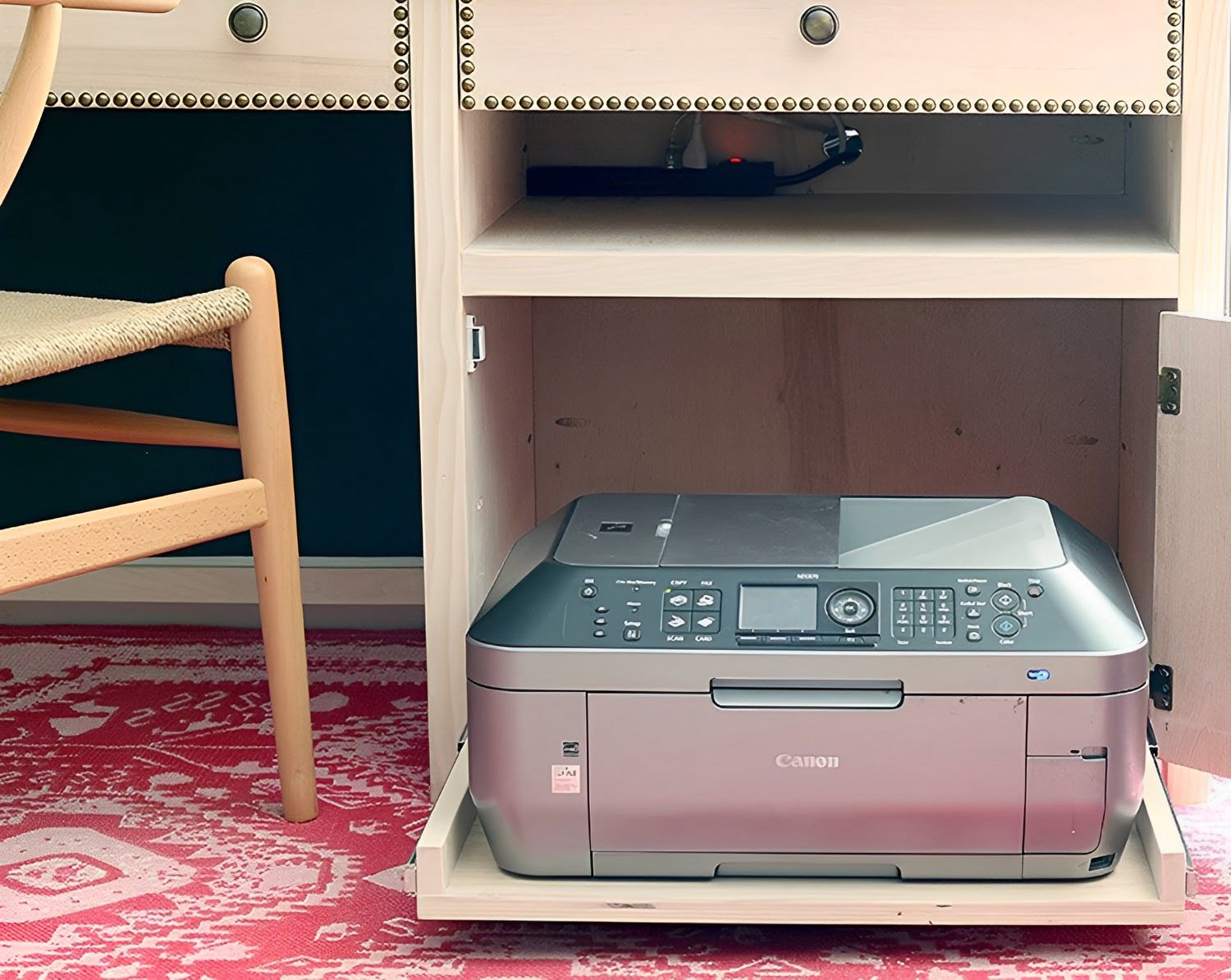
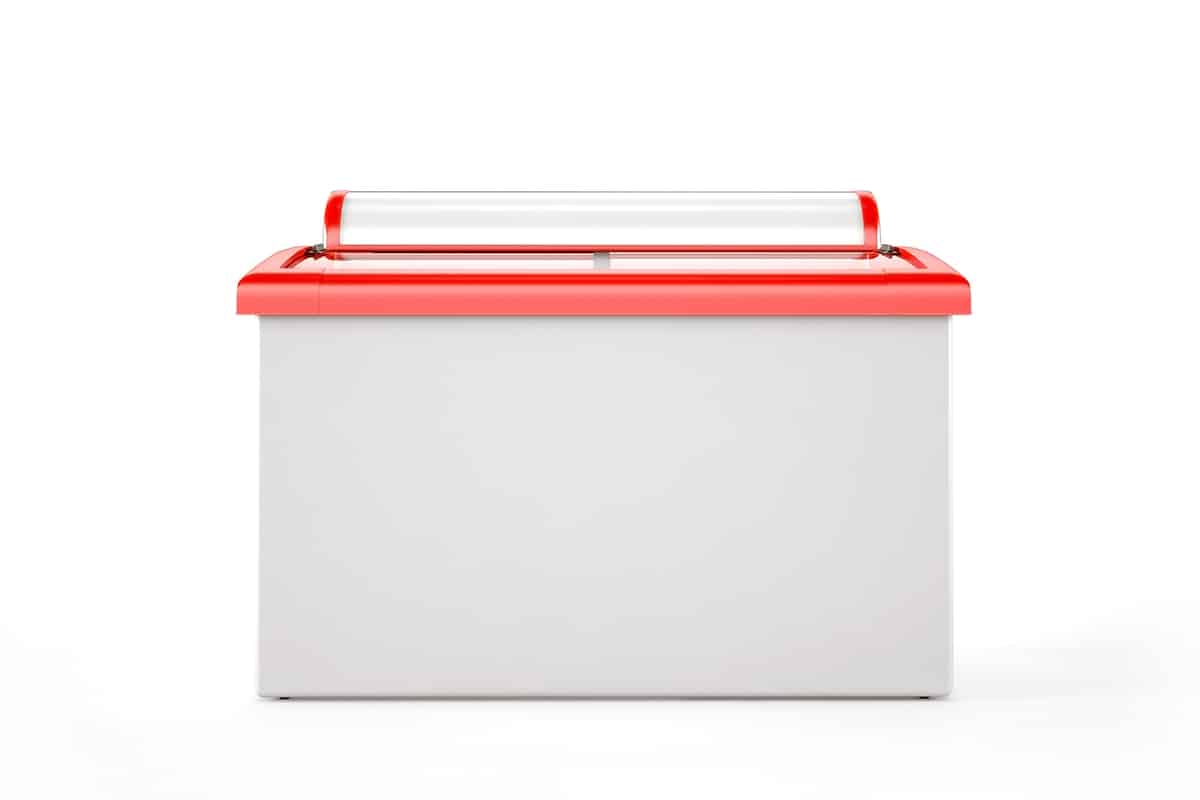
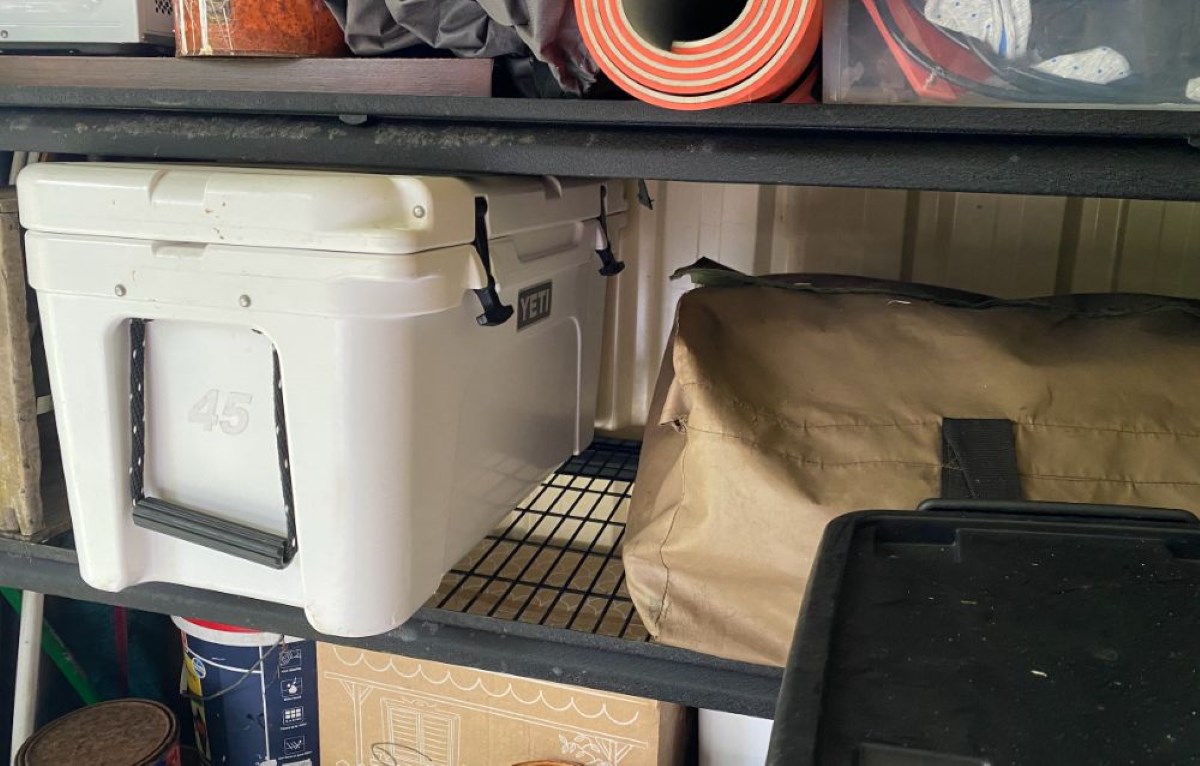
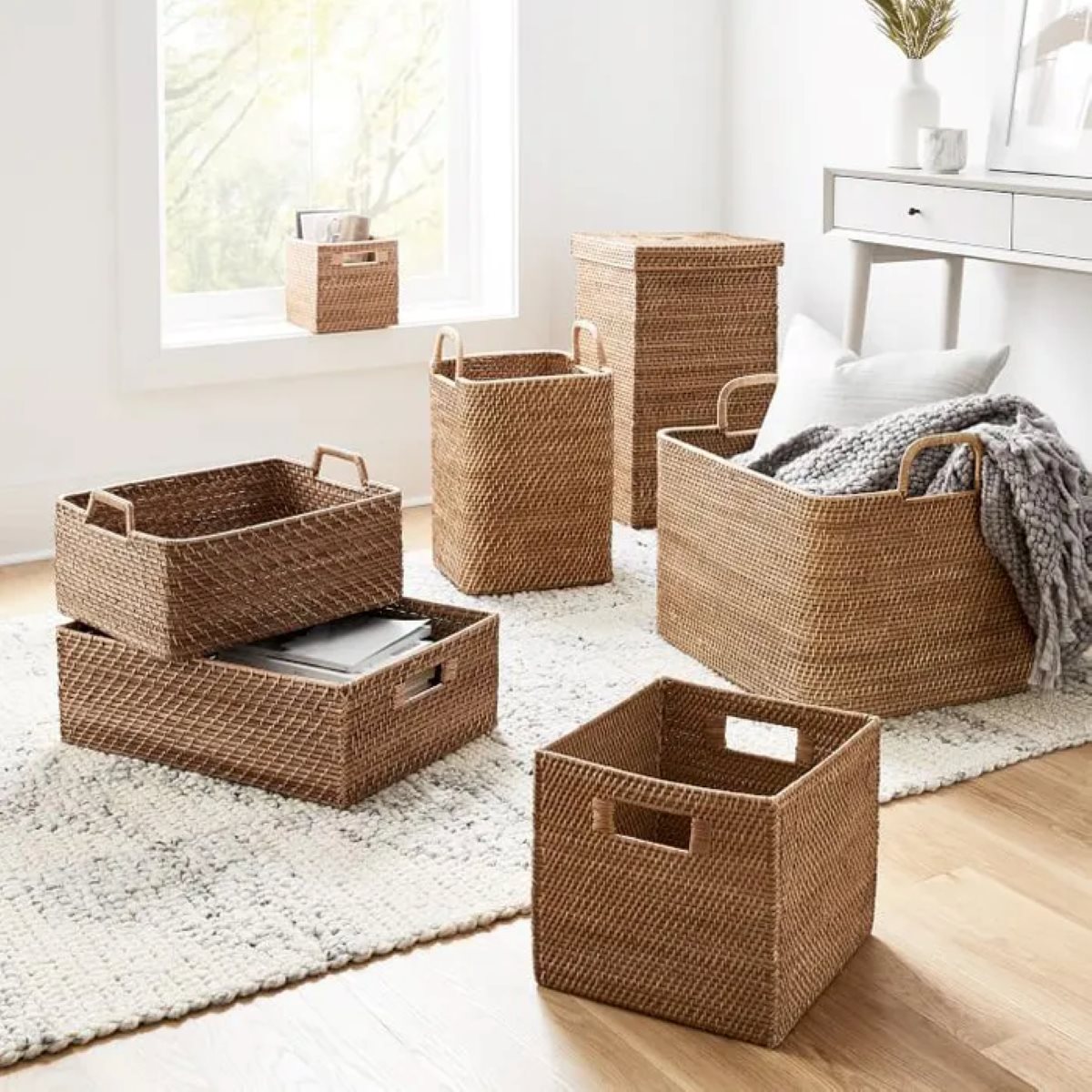
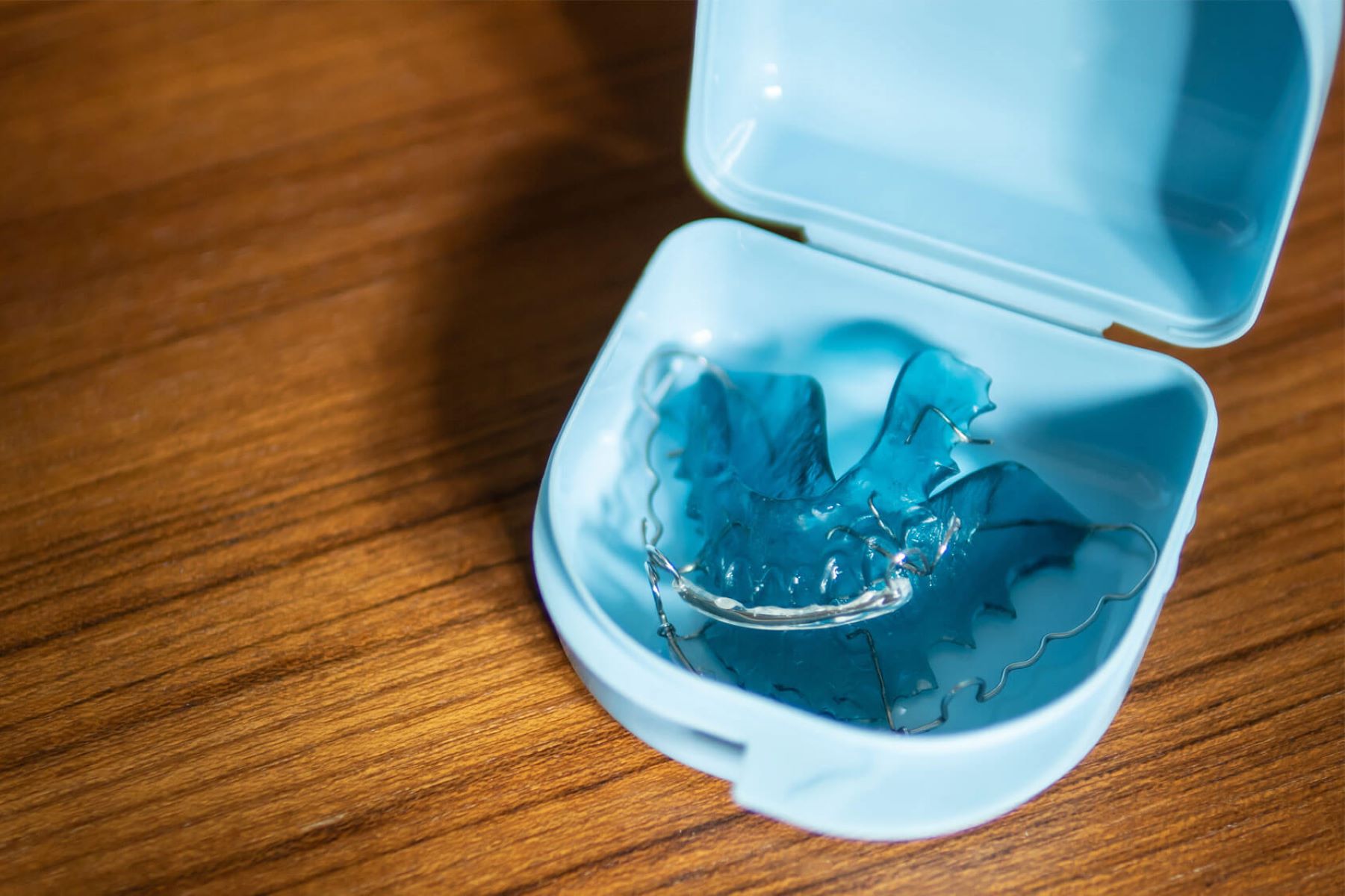
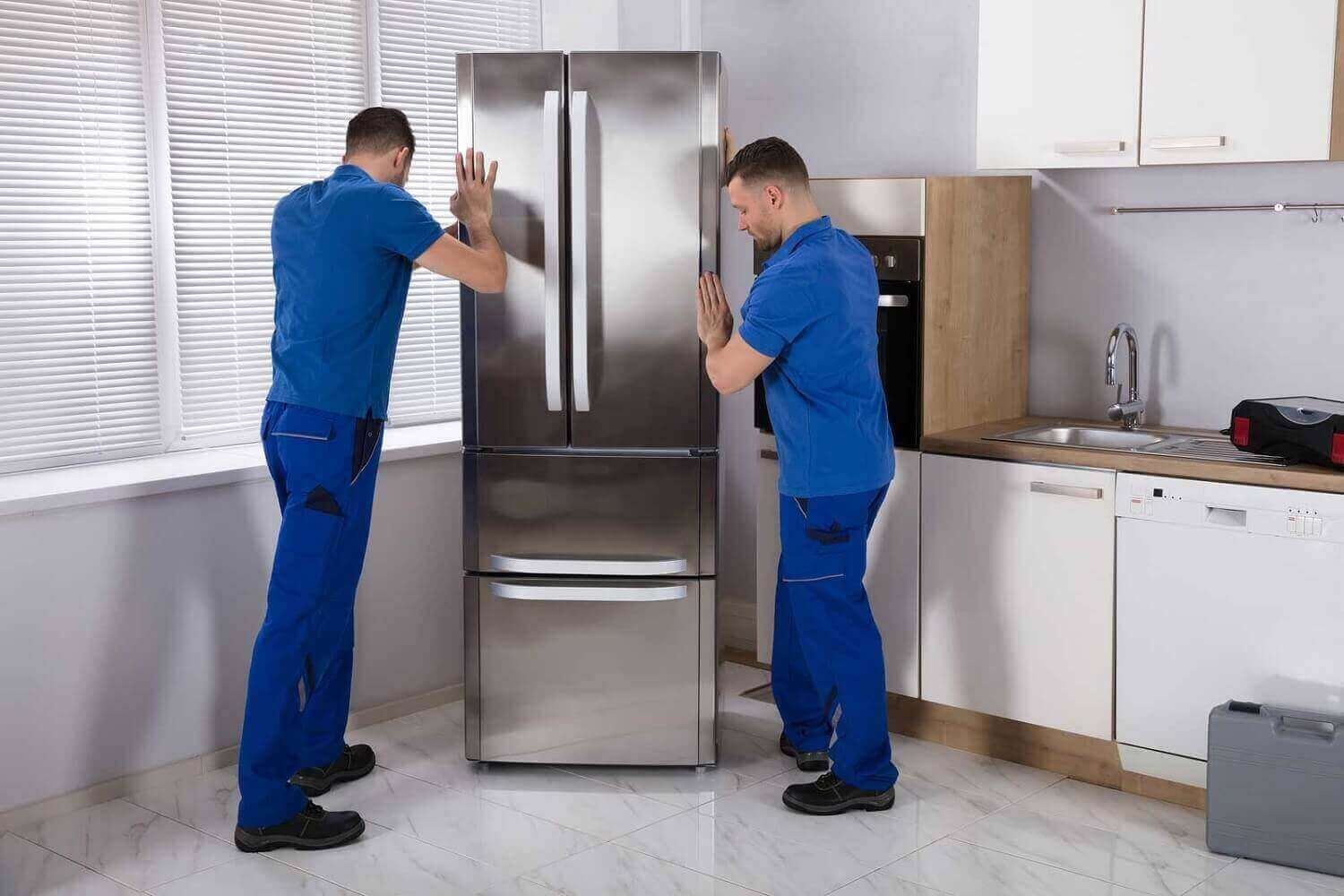
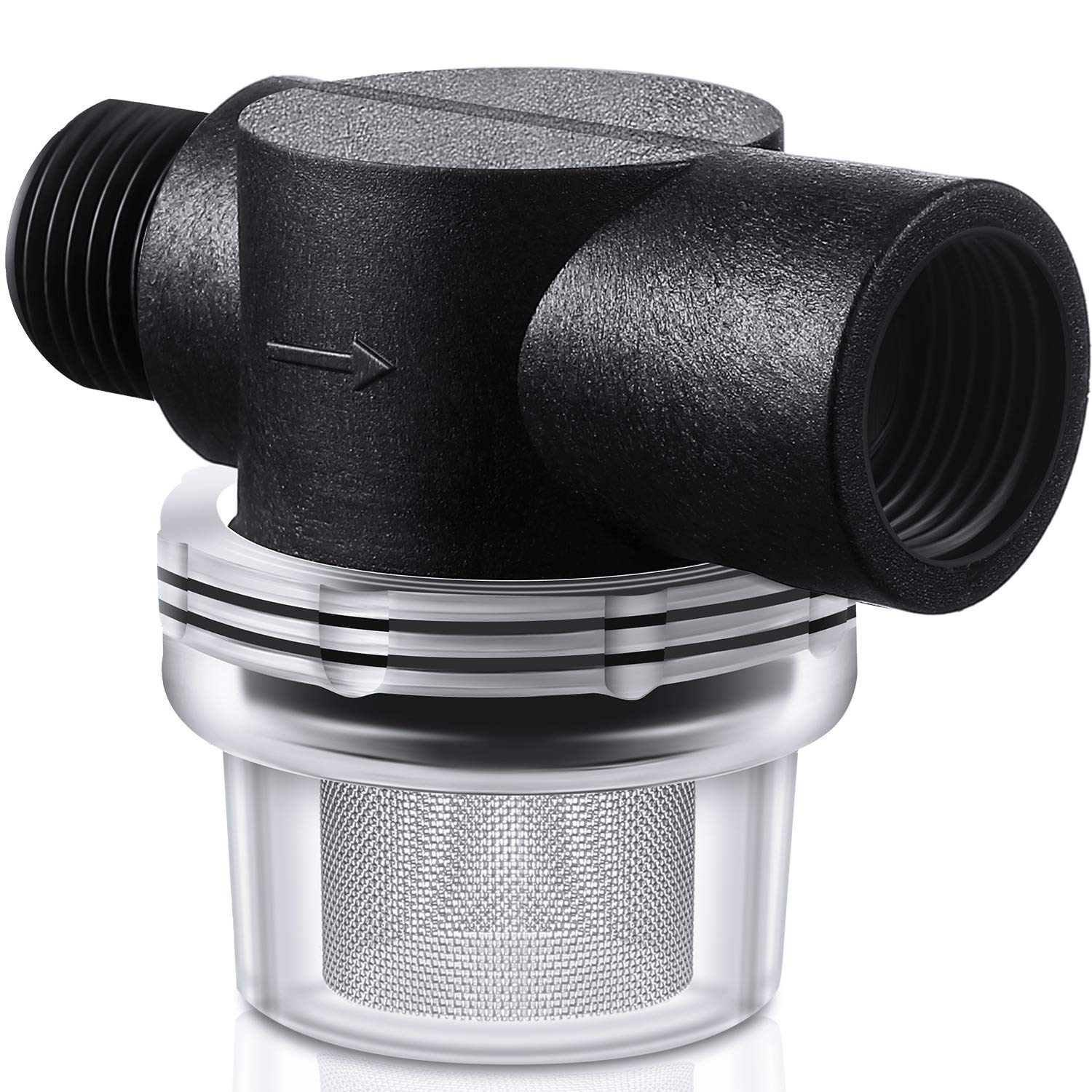
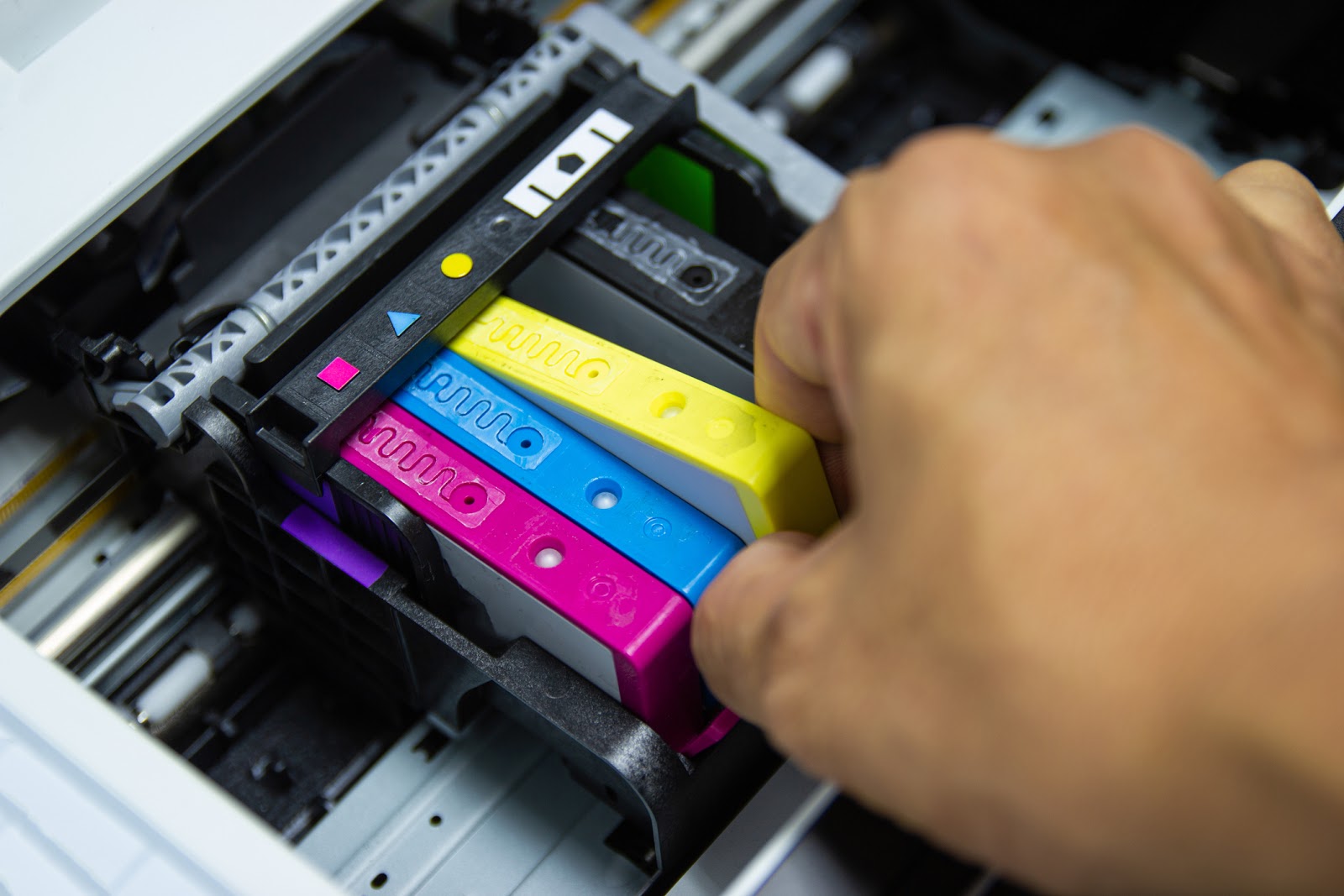
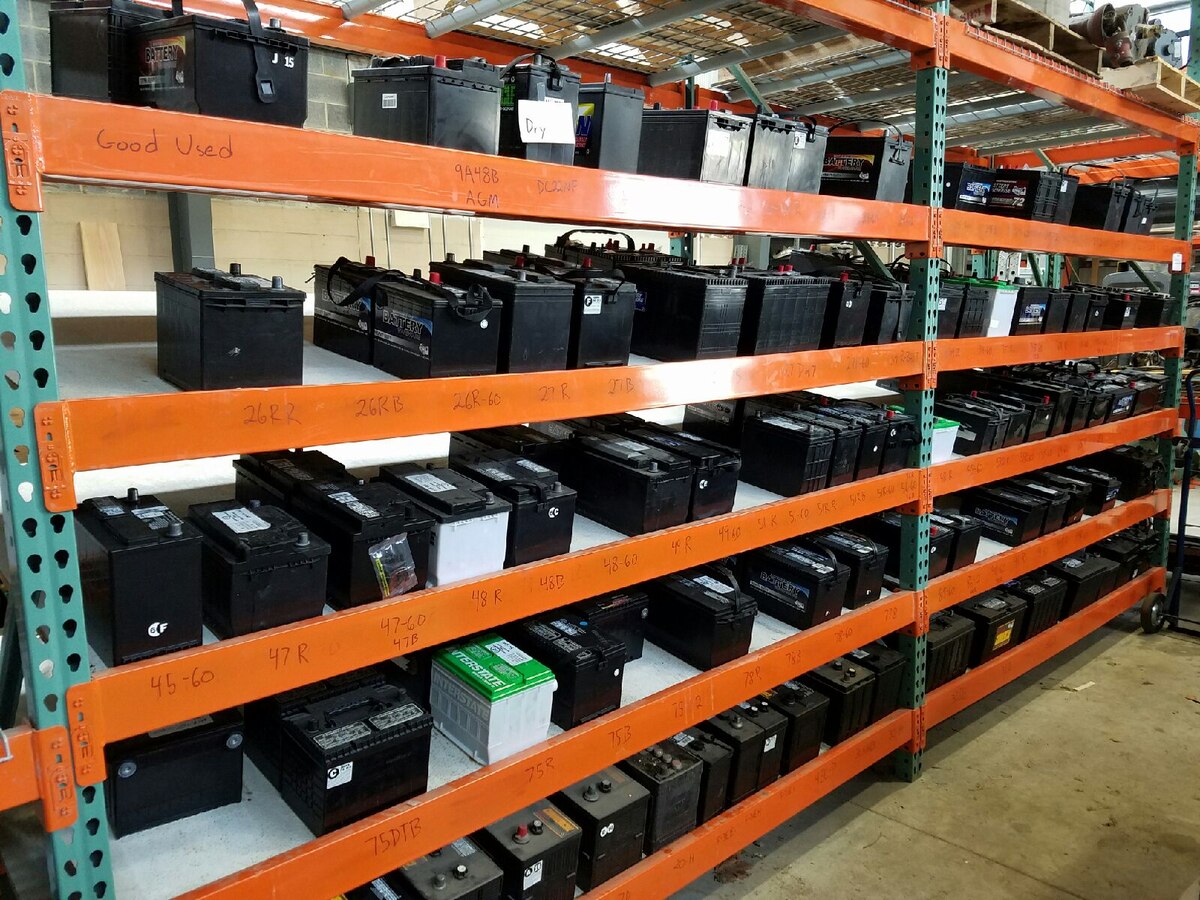


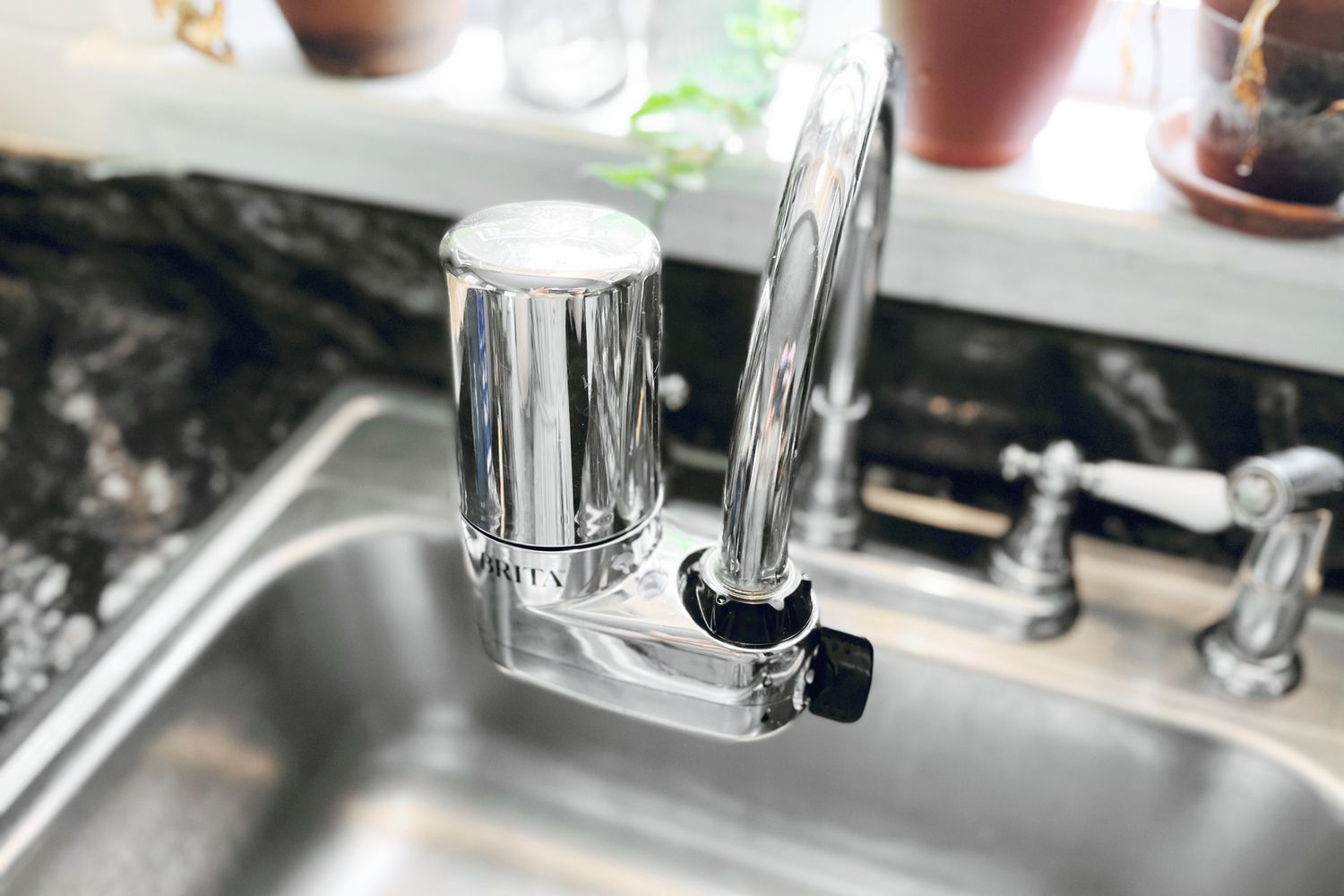

0 thoughts on “How To Store Water Filters When Not In Use”